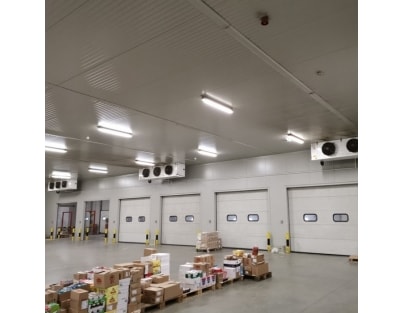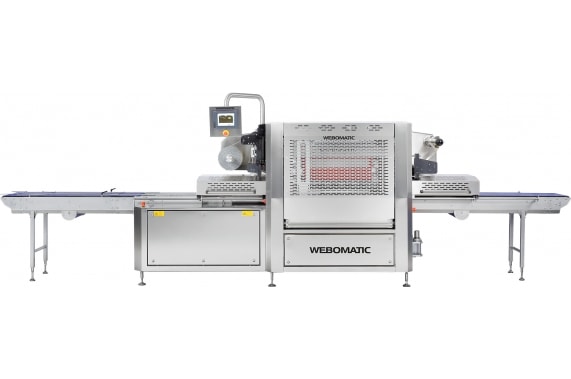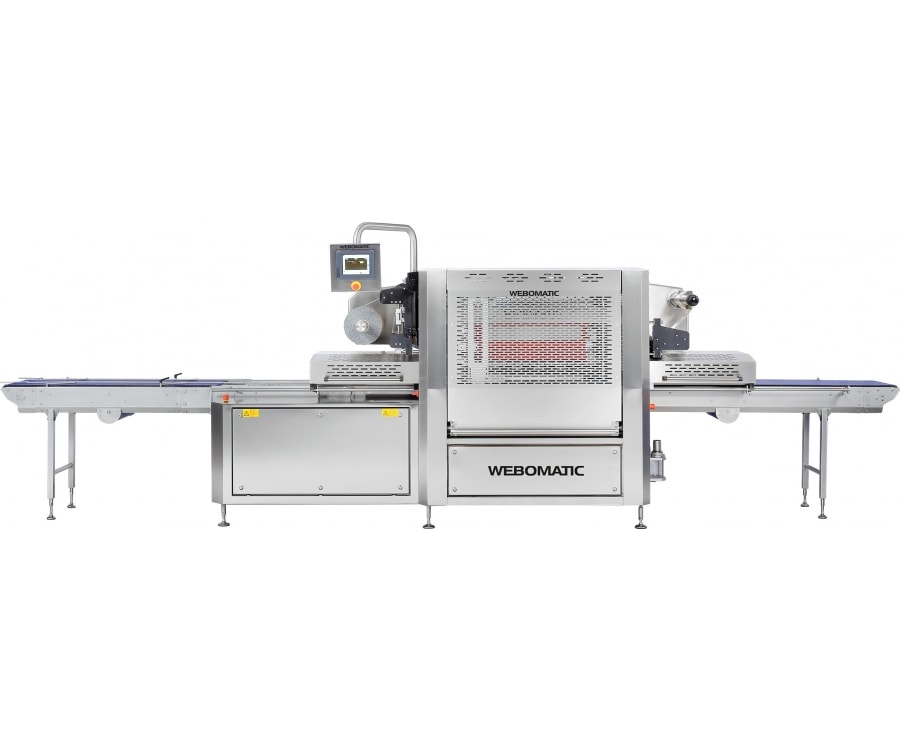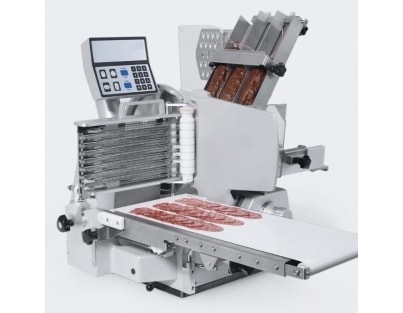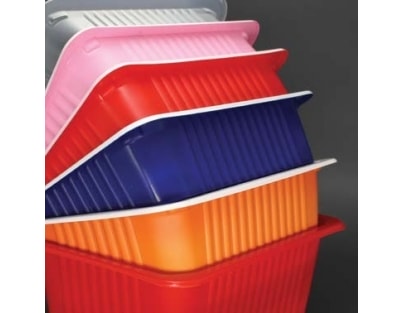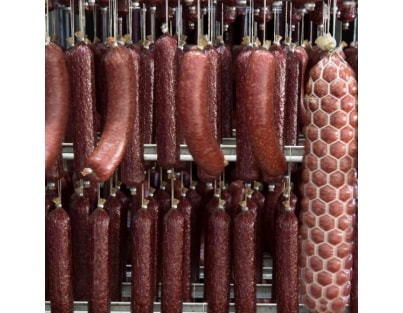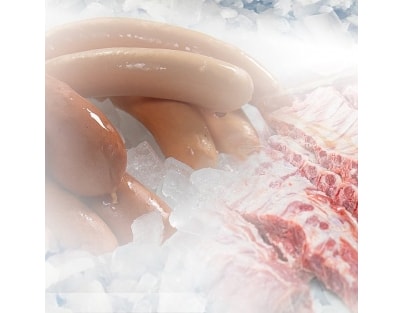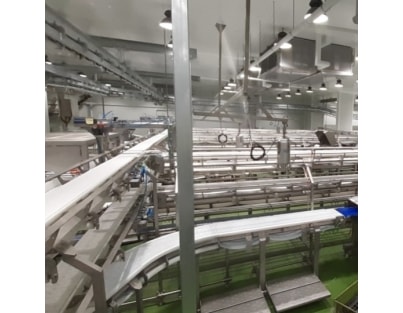RECIPES FOR YOUR
BUSINESS
-Slaughter & deboning >>
BUSINESS
-Slaughter & deboning >>
Engineering and construction sheep and cattle slaughterhouses, deboning rooms, skin process, white and red offal treatment, wastewater treatment plants
Recipes for your
business
-sausages & patties>>
business
-sausages & patties>>
Engineering and construction of meat processing factories, central kitchen and butcher shops with full turnkey European equipment supply and service
Recipes for your
business
-milk & cheese >>
Engineering, supply and installation of milk processing and cheese production plants
business
-milk & cheese >>
Engineering, supply and installation of milk processing and cheese production plants
RECIPES FOR YOUR
BUSINESS
-Flour & pasta>>
Engineering and construction milling and pasta processing plants
BUSINESS
-Flour & pasta>>
Engineering and construction milling and pasta processing plants
RECIPES FOR YOUR BUSINESS
-Water & drinks>>
-Water & drinks>>
Engineering, supply of ambient and carbonated filling plants
Automatic Tray Sealer TL 750
Automatic Tray Sealer TL 750
| GENERAL TECHNICAL DATA | |
| External machine dimensions: | 4.600 x 1.300 x 1.710 mm (W x D x H) |
| Tray materials: | e.g. PP, EPS, A-PET, C-PET, rPET, PLA, cardboard and paper-based trays, aluminium |
| Tray formats: | MONO: 680 x 400 x 120 mm (L x W) DUO: 680 x 190 x 120 mm (L x W) |
| Max. tray depth: | 120 mm |
| Control unit: | Mitsubishi PLC |
| Capacity: | 18 cycles/min (only sealing) 10-12 cycles/min (vacuum or MAP) |
| Vacuum pump: | External |
| Top film width: | max. 470 mm |
| Film transport: | Servo |
| Packaging types: | Sealing, MAP, Protrude-skin, Pseudo-skin, Peelpaq®, Visiopaq® |
| Film roll diameter: | max. 350 mm |
| Contour cutting: | Outside cut, Inside cut, Peel-tap |
Fast tool change required? Or would you prefer to create either skin or MAP packaging with a single tool? Even in the event of a malfunction or failure of a sealing unit, still end the production shift on the same machine without having to switch to another line?
The TL 750 marks the entry into high-speed industrial tray sealing due to the perfect combination of innovation, design and performance. Additionally, a well-thought-out selection of features supports efficient production on an industrial level.
Standards: WEBOMATIC CleanDesign®, PLC control unit, WEBOMATIC SDT, Fiber Optics, servo-driven gripper arms
| Options | Description |
| Options | – Duo-Versions – WEBOMATIC Twin-Use – WEBOMATIC Single Cavity Control (SCC) – skin packaging variations – die set trolley – die set rack – photo cell / print mark control for printed top film – user identification pins – communication module for remote diagnosis and maintenance – separator – gas mixing unit – preheating – other peripheral devices upon request, e.g. tray denester, dosing system, labeling systems, lid application, etc. |
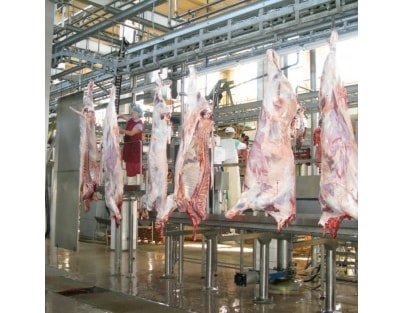
Abattoir for cattle and sheep
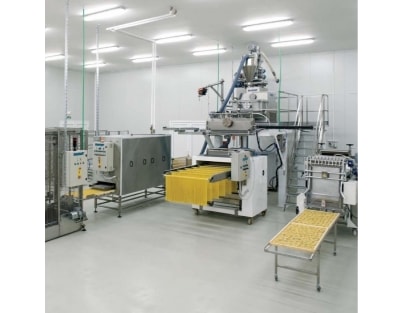
Short | long | special shape pasta lines production
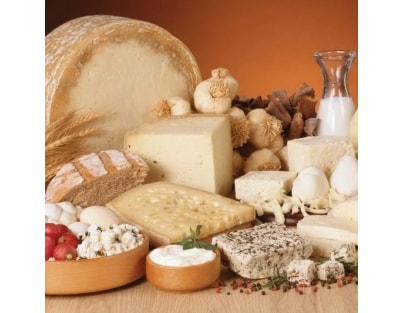
Lines for hard and soft cheese production
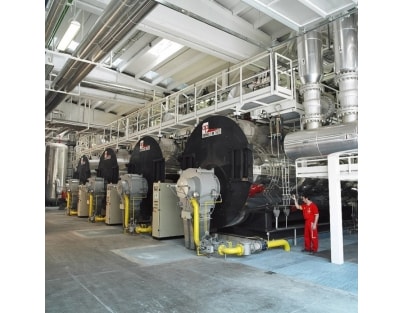
Steam generators and watertreatment
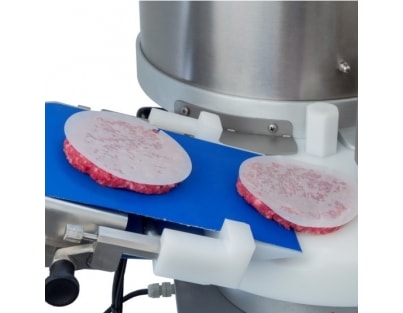
Burgers | nuggets | skewers | meatballs
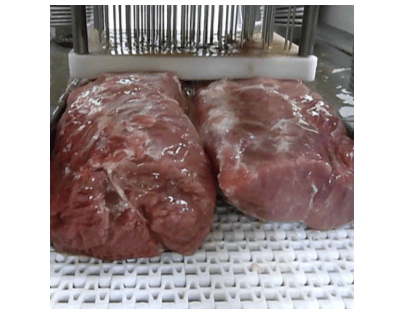
Delicatessen production
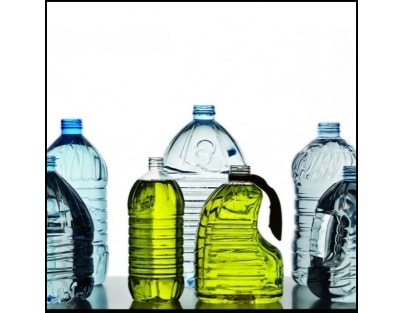
Beverage industry plant engineering
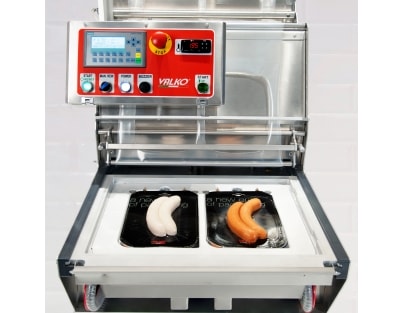
Packaging equipment
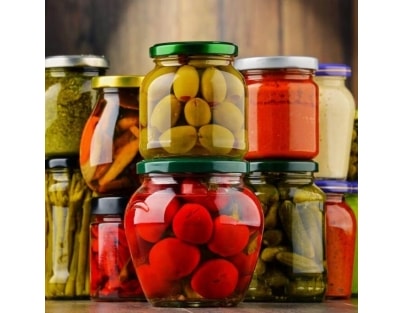
Stew canning meat, sauces and vegetable lines production
